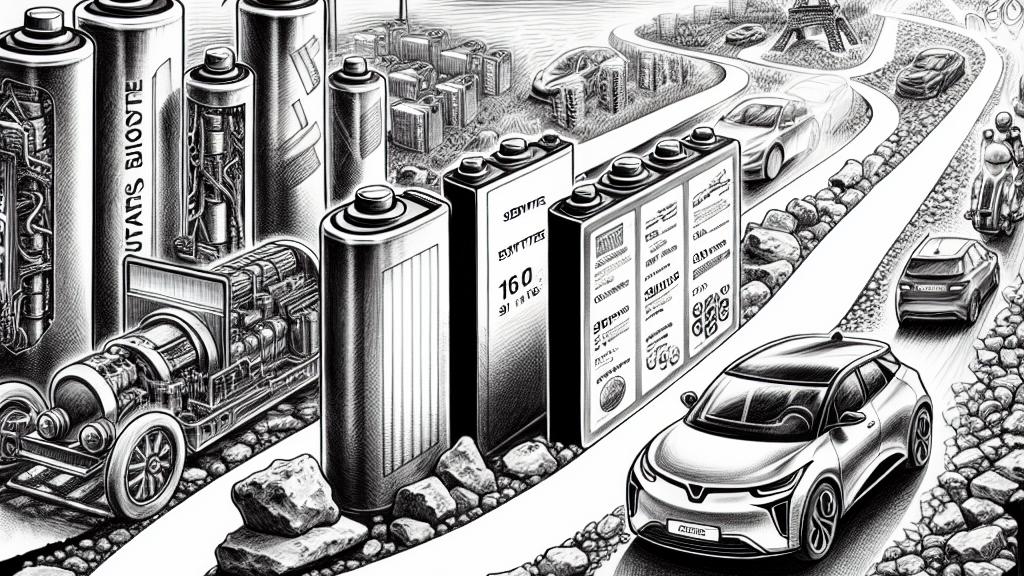The Shift from Solid-State to Semi-Solid-State Batteries in EVs
Overview
- Solid-state batteries, once considered the definitive solution for electric vehicles, now face considerable hurdles in moving towards commercial production.
- Innovative semi-solid-state batteries are emerging, blending solid and liquid components to create a promising alternative.
- With electric vehicle demand skyrocketing, automotive brands are compelled to adapt, propelling battery technology to the forefront of the industry.

Solid-State Batteries: A Revolutionary Yet Challenging Frontier
In the engaging and competitive realm of electric vehicles (EVs), particularly highlighted in France's thriving automotive sector, solid-state batteries have been widely acclaimed for their transformative potential. Envisioned as the 'holy grail' of battery technology, these advanced systems promise unparalleled safety, impressive energy density, and remarkably swift charging times, such as the anticipated ten-minute full charge by automakers like Toyota. Yet, the road to commercial adoption is rocky. Despite substantial investments from companies aiming to pioneer this breakthrough, manufacturers have encountered significant obstacles in scaling production effectively. With industry experts estimating a timeline of five to seven years before these batteries can realistically hit the market, the anticipation grows—creating a palpable tension between innovation and practicality.
Embracing Semi-Solid-State Technology: A Creative Solution
As the challenges of solid-state batteries loom large, manufacturers are beginning to explore the enticing world of semi-solid-state batteries. This hybrid technology artfully combines the best elements of both solid and liquid electrolytes, striking a delicate balance between performance and scalability. For instance, pioneers like NIO and Dongfeng Motor plan to introduce vehicles equipped with these cutting-edge batteries as soon as next year—potentially altering the game for electric mobility. Though they may not deliver quite the energy density of pure solid-state solutions, semi-solid batteries represent significant progress. They allow for easier manufacturing, paving the way for a more immediate solution to the increasing demand for electric vehicles globally. With their promising characteristics, semi-solid batteries not only capture the attention of industry leaders but also nurture a sense of optimism for a more efficient EV landscape.
The Looming Challenge of Material Supply
However, even with these exciting advancements, the path forward is fraught with hurdles—chief among them being the critical supply chain challenges associated with raw materials. Lithium, cobalt, and nickel are foundational to the development of both solid and semi-solid-state batteries. As electric vehicle sales escalate, particularly in burgeoning markets like China and the United States, the demand for these essential materials has surged, often outstripping current production capacities. In fact, reports from 2022 highlighted that lithium demand alone exceeded supply. Automakers, such as Tesla, are finding themselves at a crossroads, needing to navigate not only the complexities of innovation but also the sourcing of finite resources. Consequently, this situation underscores the urgent need for innovative strategies—including enhanced recycling processes and the exploration of alternative chemistries. The interplay of technology and supply chain dynamics is, without a doubt, a pivotal element influencing the future of electric vehicles and the sustainability of the automotive industry.

Loading...